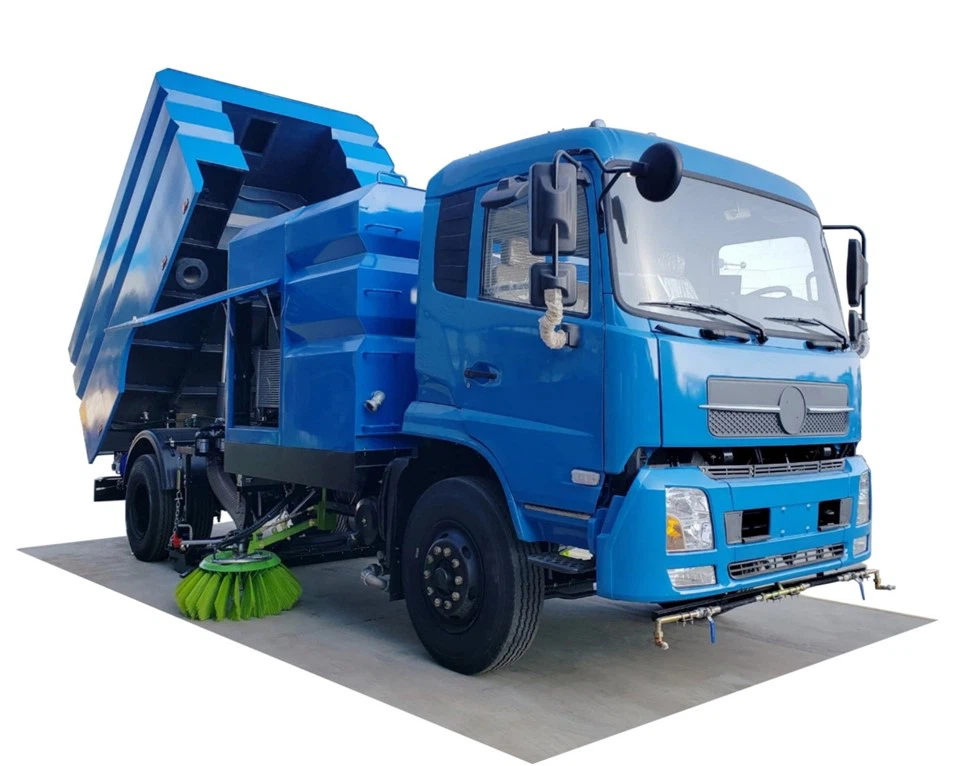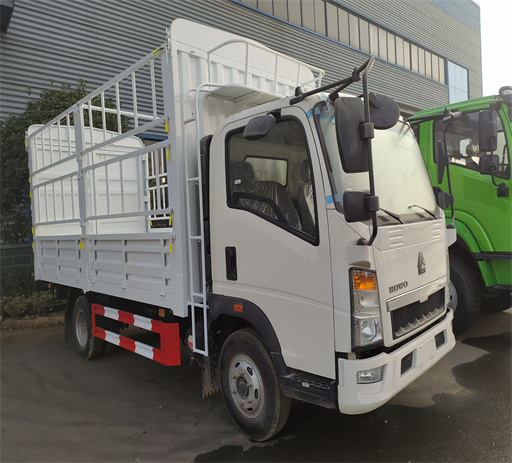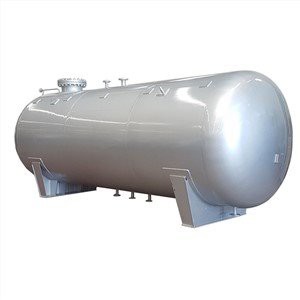How Much Garbage Can a Garbage Truck Hold? A Comprehensive Guide

Garbage trucks are an essential part of waste management systems in cities and towns worldwide. Understanding how much garbage these trucks can hold is crucial for efficient operations, budgeting, planning, and even reducing landfill waste. This article will explore various aspects of garbage trucks, including their capacity, types, operational considerations, and more.
Understanding Garbage Truck Capacity
What Determines Garbage Truck Capacity?
Several factors influence how much garbage a garbage truck can hold, including:
- Design and Size: Different truck models and designs affect capacity.
- Type of Garbage: The density and type of waste can impact how much can be loaded.
- Manufacturer Specifications: Each truck has a manufacturer-defined weight limit.
Common Garbage Truck Capacities
Most garbage trucks hold between 10 to 30 cubic yards of waste. Below is a table summarizing common types of garbage trucks and their corresponding capacities:
| Type of Garbage Truck | Capacity (Cubic Yards) |
|---|---|
| Rear Loader | 20-30 |
| Front Loader | 10-20 |
| Side Loader | 15-25 |
| Compactor Truck | 15-25 |
The Role of Waste Types in Garbage Truck Capacity
Differentiating Between Solid and Bulk Waste
Understanding the types of waste collected can provide additional insights into truck capacity:
- Solid Waste: Typical household trash like food waste, plastics, and paper.
- Bulk Waste: Large items such as furniture and appliances, which can take up more space but often weigh less relatively.
Weight Limitations of Garbage Trucks
While volume is critical, the weight of the garbage is also a significant consideration. Most garbage trucks have a maximum load weight typically ranging from 15,000 to 25,000 pounds, determined by the truck’s design, axle capacity, and local laws regarding road weight limits.

Types of Garbage Trucks and Their Capacities
Rear Loader Trucks
Rear loaders are one of the most common types of garbage trucks. They are designed to load waste from the back side using a lifting mechanism.
Capacity and Typical Applications
Usually holds between 20 to 30 cubic yards of garbage. Ideal for residential routes, where workers can collect waste directly.
Front Loader Trucks
Front loaders are equipped with forks that lift containers from the front of the truck.
Capacity and Typical Applications
Usually holds between 10 to 20 cubic yards. Commonly used for commercial waste like dumpsters.
Side Loader Trucks
These trucks have a mechanical arm that reaches out to pick up waste from the side.
Capacity and Typical Applications
Usually holds between 15 to 25 cubic yards. Suitable for residential areas with limited space for maneuvering.
Compactor Trucks
Compactor trucks compress waste, allowing for increased capacity.
Capacity and Typical Applications
Typically holds 15 to 25 cubic yards of compacted garbage. Ideal for high-density waste management scenarios.
Operational Considerations for Garbage Trucks
Efficiency in Waste Collection
The capacity of garbage trucks directly influences collection efficiency:
- Scheduled Routes: Understanding truck capacity aids in route planning and timing.
- Load Optimization: Proper loading practices can maximize space and weight limits.

Environmental Impact and Waste Reduction
Maxing out garbage truck capacity can lead to fewer trips, reducing fuel consumption and emissions. Overall, effective waste collection can positively impact local environments.
Best Practices for Maximizing Garbage Truck Capacity
Load Optimization Techniques
Implementing strategies for effective loading can help maximize garbage truck capacity:
- Compressing Waste: For loose materials, compacting them allows for more to fit.
- Loading Order: Place heavier items at the bottom and lighter items on top.
- Use of Containers: Encourage residents to use containers that match the truck’s loading mechanism.
Educating the Public
Providing information to communities about efficient waste disposal can significantly reduce the volume of rubbish collected, ultimately optimizing truck capacity.
Cost Implications of Garbage Truck Capacity

Financial Considerations for Waste Management Authorities
Understanding garbage truck capacity can lead to savings in various areas:
- Operational Costs: Maximal capacity reduces the number of trips needed for collections.
- Vehicle Maintenance: Fewer trips equate to less wear and tear, extending the life of the vehicle.
Innovations in Garbage Truck Technology
The Role of Technology in Capacity Enhancement
Advancements in garbage truck technology are continually evolving:
- Smart Sensors: Devices that gauge load weight and optimize routes in real-time.
- Automated Systems: Improved mechanisms for front and side loaders increase efficiency and safety.
Conclusion: The Future of Garbage Truck Capacity
As cities continue to grow, the demand for efficient waste management only increases. Understanding the capacity of garbage trucks will play a significant role in shaping sustainable waste management practices in the future.
Frequently Asked Questions (FAQs)
How Much Garbage Can a Standard Garbage Truck Hold?
A typical garbage truck can hold between 10 to 30 cubic yards of waste, depending on its design and type.
What Is the Weight Limit for Garbage Trucks?
The weight limit for most garbage trucks ranges from 15,000 to 25,000 pounds, determined by design and local regulations.
How is Garbage Compacted in Compactor Trucks?
Compactor trucks use hydraulic systems to compress waste, allowing for more garbage within the same volume.
Are All Garbage Trucks the Same Size?
No, garbage trucks come in various sizes and types, with different capacities to meet the specific needs of waste collection.
Can Garbage Truck Capacity Affect Environmental Impact?
Yes, proper capacity management can reduce the number of trips needed for collection, leading to lower fuel consumption and fewer emissions.
How Do Waste Collection Companies Optimize Truck Routes?
Waste collection companies use routing software that analyzes truck capacity, load weight, and traffic conditions to create the most efficient routes.
